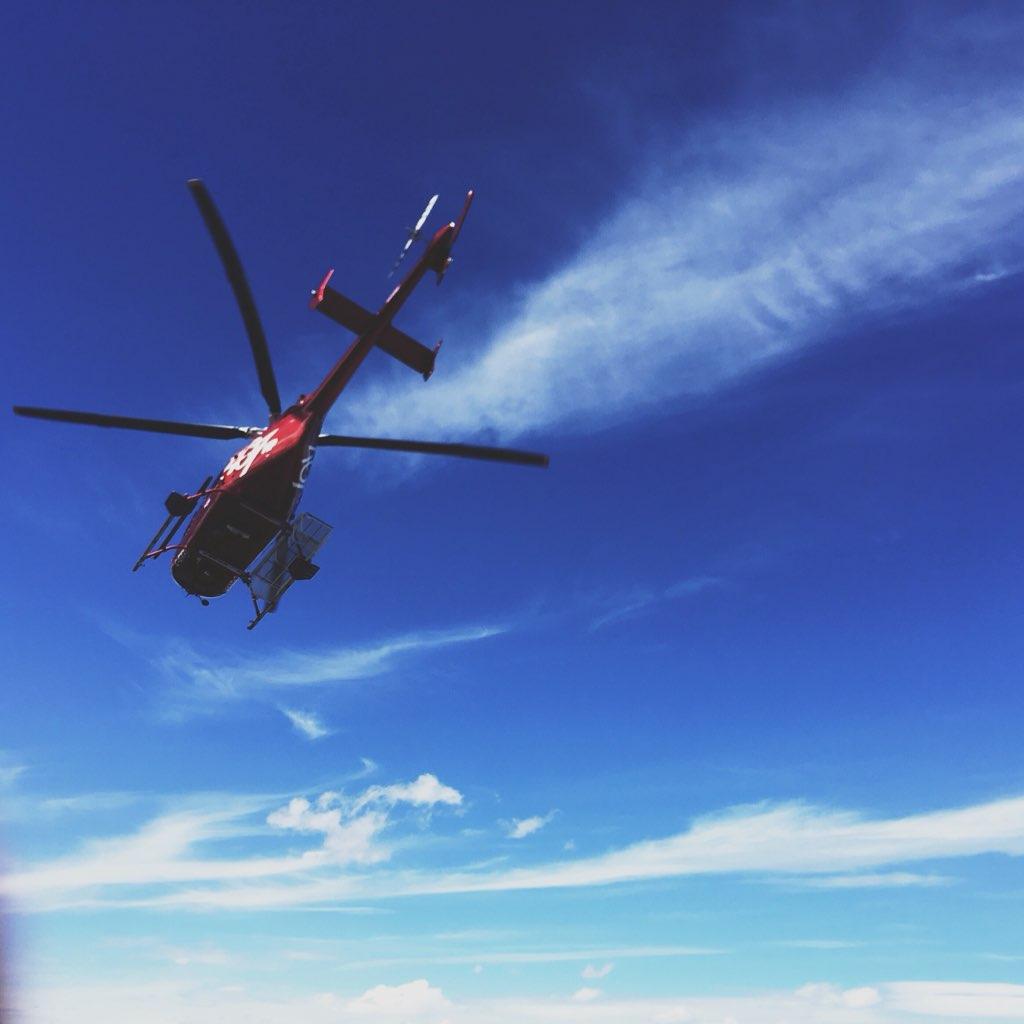Field Notes: Stepping off the beaten path with the Oblique Photography Team
/By Sonia Voicescu and Karson Sudlow
[This post also appears on the Mountain Legacy Project website.]
The Repeat Photography Field Crew has been hard at work scaling mountains to capture repeat photographs of images taken a century ago. They’ve checked in to let us know how things are going so far… and it sounds pretty spectacular.
There is a sense of peaceful stillness that comes with being 10,000 feet high in the air. When there is no wind and the sky is a canvas of sapphire blue, and all you can hear is the faint clicking noise as you take each repeat picture, one after the other. The silence can be calming for a while, until the wind picks up again and we are reminded that we get to travel to some of the highest mountain tops in the country.
Karson Sudlow sets up the tripod to repeat the photos of the Tuttle 1942 survey (see historical image here). Photo by S. Voicescu.
Our mission: capture 100 years of ecological change in these majestic mountain landscapes. These photographs are the foundation of the Mountain Legacy Project’s (MLP) work, and our partnership with Landscapes in Motion means that the changes we document can also provide context to what the other teams are finding on the ground and using their models.
We are able to do this important work by repeating the original photographs taken by some of the very first surveyors who ventured out to define boundaries and features of these Western lands. Sounds pretty straightforward, no?
Beneath this seemingly simple task are layers of preparatory work, equipment checks, and logistical and organizational support which have carried over the last 20 years of the Mountain Legacy Project’s existence. All these years of accumulated experience and experiences have brought us, the 2018 field crew, up on these summits, ready to face the many challenges that can occur in this line of work. And although we have received support in many ways and forms, there is one monumental asset without which we wouldn’t have been able to accomplish nearly as much as we did: the helicopter.
Sonia climbs into a helicopter and flies away after repeat-photographing the Mt. Odlum Station (see historical image here). Photos by Alex Hakonson.
These metal-cased dragonflies, so light and yet so powerful, have been lifting MLP field crews to remote peaks for almost two decades now. Flying in a helicopter comes with its own set of security procedures and training of course. It involves classroom learning activities, hover exit training, and an on-the-ground review of the helicopter itself from the pilot. Specific attention is paid to opening and closing doors, as that can be tricky to do at high elevations, and each crew member is assigned the order in which they will enter and exit the aircraft. Once the pilot and the evaluator are satisfied that the passengers are able to properly and securely operate in and around the machine, it’s time for the first liftoff!
The feeling of that first flight is almost indescribable. The pilot operates the controls, the rotor roars into action, we hear the dispatcher’s voice over the headset registering our flight… Suddenly, without really realizing it, we’re off the ground! The contrast with flying in an airplane is immediately felt: you feel much more responsive in a helicopter. Every little movement you make shifts your body weight and will have an immediate effect on the machine, so it is important to avoid sudden shifts or movements. And if you thought turbulence on an airplane was bad, wait until you experience the wind shifts under a helicopter! An instant rollercoaster ride!
View from the helicopter cabin. Photo by Alex Hakonson.
Looks like we have spotted our peak. There is even a cairn which (hopefully) marks the correct spot where our surveyor stood 100 years ago. We circle the area in order to find the safest landing spot, which often happens to be right on top of the cairn (those puzzling rocks! See a recent blog post by Julie Fortin for more information on cairns and their significance). It will be a hover exit, as the helicopter skids will not be touching the ground. We are ready for this, everyone knows the drill, and one by one we carefully exit the aircraft, huddle together with our packs and watch as our ride soars away into the distance. A high five is a generally well-accepted procedure between team members at this point.
We then pause to admire our surroundings, humbled by the views and the realization that we may be some of the very few people on Earth who have been at this exact same spot, looking at the exact same mountain landscapes, decades apart. Time to take some beautiful pictures.
Pictured: Sonia (left) and Karson (right) line up for a repeat photograph. See the historical photograph here. Photo by Alex Hakonson.
Sonia and Karson are working with Julie Fortin in the field this summer, travelling from peak to peak to capture repeat photographs documenting landscape change over a century.
Every member of our team sees the world a little bit differently, which is one of the strengths of this project. Each blog posted to the Landscapes in Motion website represents the personal experiences, perspectives, and opinions of the author(s) and not of the team, project, or Healthy Landscapes Program.
















